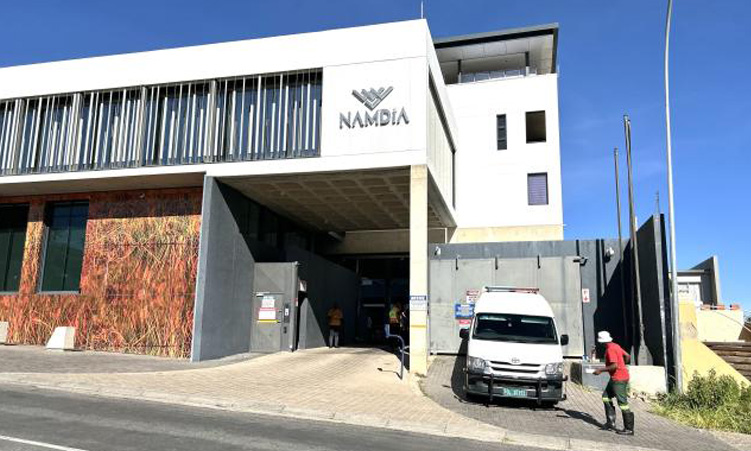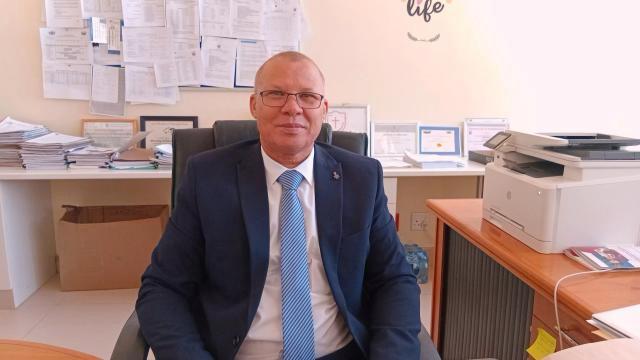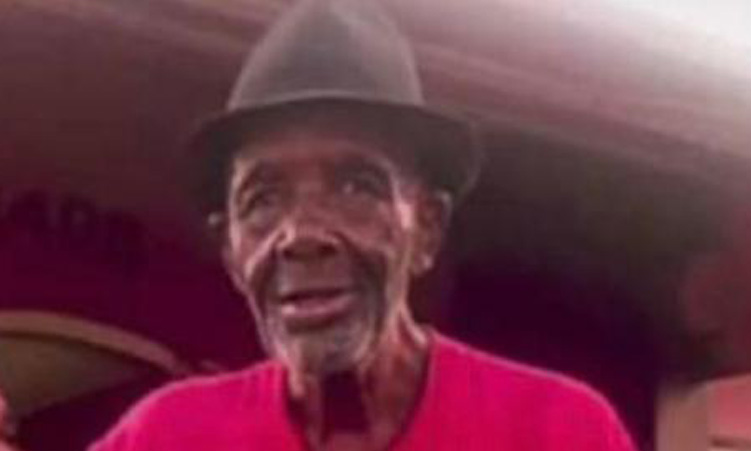CAIRO – Signs of sharp division are appearing in Hamas’ top ranks as the fighting in Gaza intensifies and as cease-fire talks between the Palestinian militant group and Israel, brokered by Egypt, reach a critical point.
Gaza-based Hamas officials have sounded more willing in recent days to consider a deal for a temporary cease-fire, being pushed by Egypt, even though the proposal would leave Israeli troops on the ground in Gaza temporarily and keep Gaza’s borders sealed short term. But Hamas political officials, close to the group’s leadership in exile in Syria, have characterised a cease-fire as still far away.
The differences became sharp Yesterday and late Wednesday: One key Hamas official from inside Gaza, Gazi Hamad, told the BBC that he was optimistic the cease-fire being worked on in Egypt could be reached, ‘because I think there is no other choice for us’.
Salah al-Bardawil, another Hamas official from Gaza, stopped short of saying the militants had accepted the Egyptian proposal for a 10-day cease-fire but told reporters, ‘We hope that this Egyptian effort will succeed.’
But a top Hamas spokesman in Syria, Moussa Abu Marzouk, told AP yesterday that Hamas would not abandon its demand that Israel withdraw its troops from Gaza and open border crossings before any cease-fire, even a temporary one.
Another top Hamas figure linked to the leadership-in-exile in Syria, Osama Hamdan, based in Beirut, stressed late Wednesday that Hamas had not agreed to some points of the Egypt plan.
Israeli intelligence assessments have repeatedly suggested differences emerging between the Syria and Gaza wings of the movement.
Such a rift would benefit Israel because it suggests the on-the-ground Hamas people in Gaza – bearing the brunt of the offensive by Israel’s army – are leaning toward a political compromise to end the offensive. Israel’s strategy is to damage Hamas and hope that leads to compromises by Palestinians inside Gaza, and leads to an end to Hamas rocket firing at southern Israel.
Egyptian officials also have suggested there are Hamas rifts, which would benefit Egypt’s efforts to push Hamas to accept a deal with Israel.
Hamas, however, has denied any internal divisions and has accused Israel of spreading such reports as psychological warfare. The tougher tone from Syrian-based officials could be merely a negotiating tactic.
One Gaza official told AP yesterday that many in Gaza are increasingly anxious for fighting to end. He spoke on condition of anonymity because talks are ongoing.
Israel intensified its offensive yesterday, in an apparent effort to ratchet up pressure on Hamas to accept a deal. Israeli tanks shelled downtown Gaza City as ground troops thrust deep into a crowded neighbourhood for the first time, sending terrified residents fleeing for cover. Israeli shells also struck the UN headquarters in the Gaza Strip.
Another sign of the growing Hamas rift is a sharp escalation in the public bickering between two camps of countries in the Mideast.
Egypt and Saudi Arabia, allies of the United States, are pushing Hamas to agree to cease-fire terms. Those moderate Arab governments and others hope a Hamas rift could steer the Hamas leadership in Syria away from Iran and Syria and help bring Hamas closer to the Arab moderate camp.
But Syria and Iran have been sharply critical of Egypt, Saudi Arabia and others. Iran’s president yesterday sent a letter to Saudi’s King Abdullah calling on him sharply to do more to defend Hamas and Palestinians and resist Israel. – Nampa-AP
Stay informed with The Namibian – your source for credible journalism. Get in-depth reporting and opinions for
only N$85 a month. Invest in journalism, invest in democracy –
Subscribe Now!









